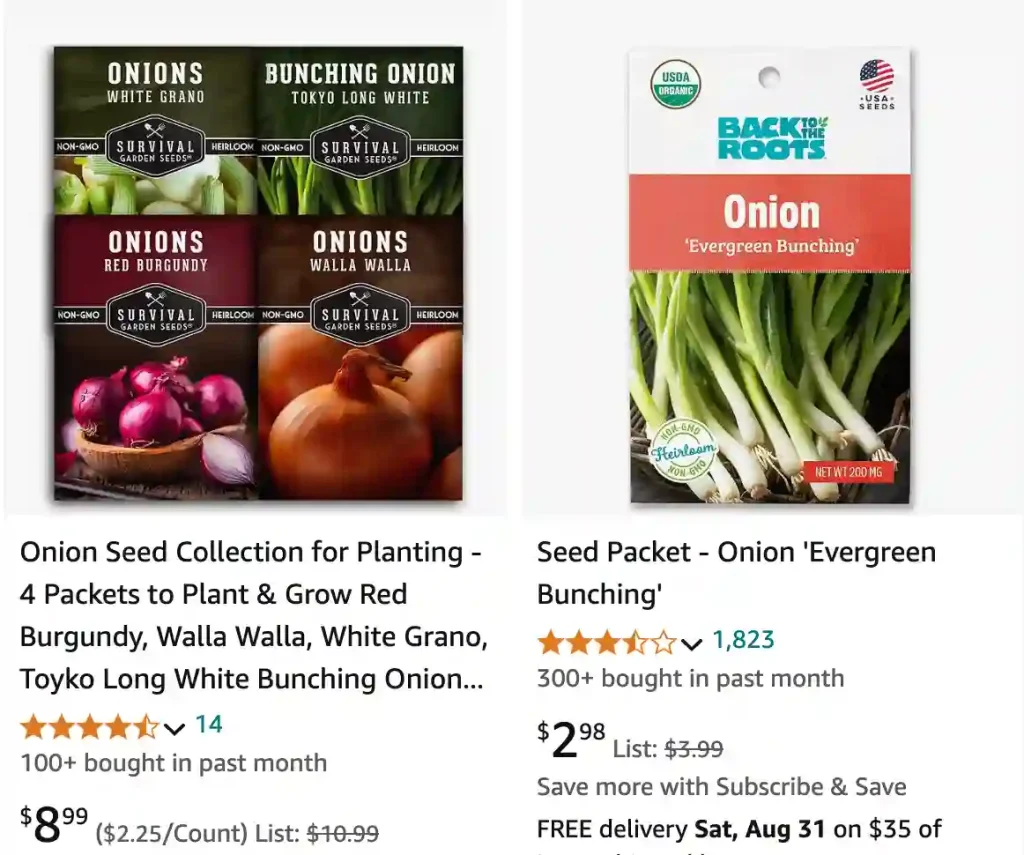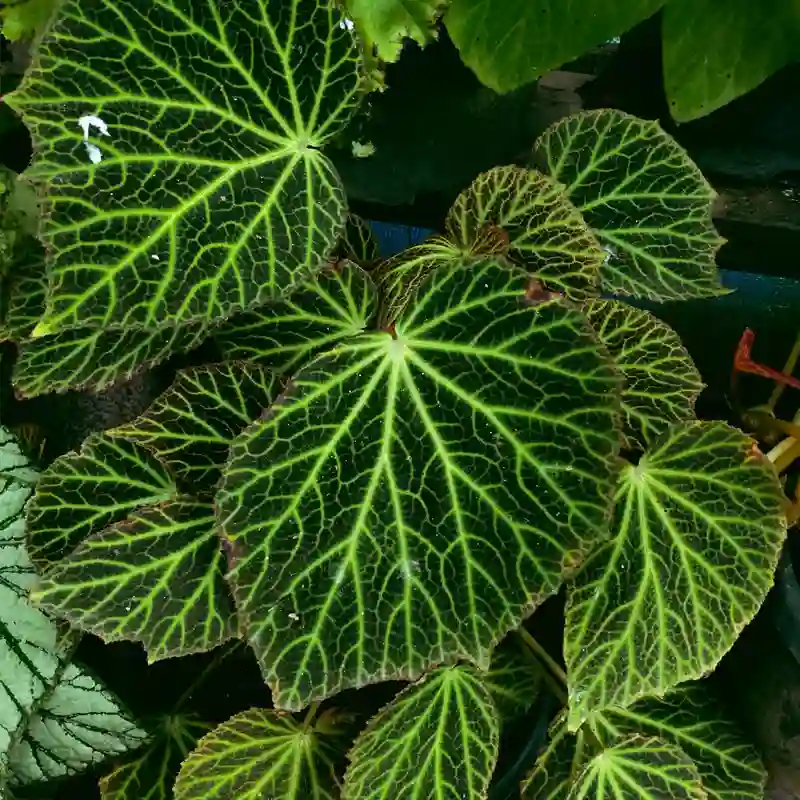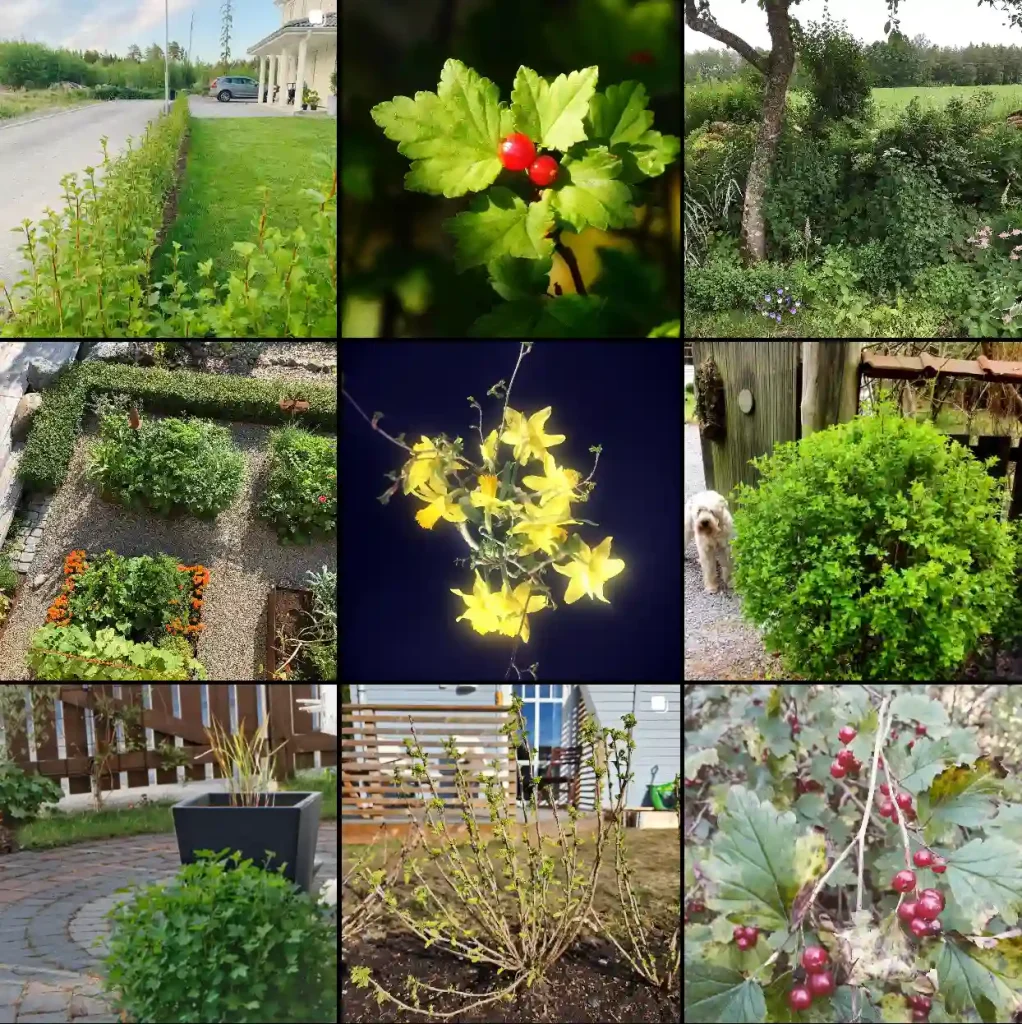
FAQs About the Onion Plant: Everything You Need to Know
As someone who’s delved into the world of gardening, I’ve had my fair share of experiences with the Onion Plant. It’s a versatile and useful plant that many people grow in their gardens, but it’s also one with some common questions surrounding its care and characteristics. Let me share some insights based on my personal experiences and research.
1078 Species in Genus Allium
What Does an Onion Plant Look Like?
An Onion Plant starts with a single, thin green stalk that resembles grass. As it grows, it forms a cluster of long, flat leaves that are typically a vibrant green. The plant itself has a bulb at the base, which swells as it matures. This bulb is what we typically think of as the onion, and it’s usually covered in a papery skin that can range in color from white to yellow to red, depending on the variety.
How to Grow an Onion Plant?
Growing an Onion Plant is relatively straightforward, but it does require some attention to detail. Start by choosing a location with full sun and well-drained soil. Onions can be grown from seeds, seedlings, or sets (small bulbs). I’ve had success with all methods, but using sets is the quickest way to get started.
Plant the onions about 1 inch deep, with the pointed end facing up. Space them 4-6 inches apart to allow room for the bulbs to grow. Onions prefer a pH between 6.0 and 7.0, so consider testing your soil and amending it if necessary.
How Often to Water Onion Plant?
Onions need consistent moisture to thrive, but they don’t like to be waterlogged. I usually water my onion plants once a week, giving them about an inch of water. However, this can vary depending on your climate and soil type. In hot, dry weather, you might need to water more frequently. The key is to keep the soil consistently moist but not soggy.
How Big Does an Onion Plant Get?
The size of an Onion Plant can vary depending on the variety and growing conditions. Generally, the leaves can grow up to 12-18 inches tall. The bulb size is what most people are interested in, and this can range from small, 1-inch bulbs to large, 4-inch bulbs. My largest onions have been about 3 inches in diameter, but the average is usually around 2 inches.
How Many Onions Per Onion Plant?
Typically, each Onion Plant produces one bulb. However, in certain conditions, you might find that some plants produce smaller bulbs or even multiple small bulbs. It’s not common, but it can happen. To maximize your yield, space your onions properly and provide them with the right nutrients.
How to Care for an Onion Plant?
Caring for an Onion Plant involves several key steps. First, ensure it receives adequate sunlight and water. Regular weeding is also crucial, as weeds can compete with onions for nutrients. Fertilize the plants with a balanced fertilizer or one that’s high in phosphorus to promote bulb development. I also find that mulching helps retain soil moisture and keeps weeds at bay.
Is Pregnant Onion Plant Poisonous?
The Pregnant Onion Plant, also known as Ornithogalum caudatum, is not a true onion but a bulbous plant with similar features. It is not generally considered poisonous to humans, but it can be mildly toxic to pets if ingested. It’s always a good idea to keep any potentially toxic plants out of reach of pets and children.
Why Is My Onion Plant Drooping?
A drooping Onion Plant can be a sign of several issues. Most commonly, it’s due to inconsistent watering. If the plant gets too dry or is overwatered, it can start to droop. Another reason could be poor soil conditions or nutrient deficiencies. Check the soil moisture and amend it if needed. Additionally, ensure the plant is getting enough sunlight and that there are no signs of disease or pest infestations.
What to Plant with Onion Plants?
Onions are great companions in the garden. They grow well alongside plants like carrots, beets, and lettuce. However, avoid planting onions with beans and peas, as they don’t grow well together. I’ve found that growing onions near herbs like basil can help repel pests.
How to Propagate Onion Plants?
Onions are typically grown from sets or seeds rather than being propagated. However, if you want to grow onions from bulbs, you can do so by replanting the bulbs in the garden or in containers. This method works best with smaller bulbs or those that have started to sprout.
Benefits of Growing Onion Plants
Growing your own onions has several benefits. Freshly harvested onions have superior flavor compared to store-bought ones. Plus, onions are rich in vitamins and antioxidants, making them a healthy addition to your diet. They also help repel pests in your garden, thanks to their strong aroma.
Common Problems with Onion Plants
Common problems with onion plants include pest infestations, such as onion maggots, and diseases like downy mildew. Keeping an eye on your plants and practicing good garden hygiene can help prevent these issues. Also, ensure proper spacing and avoid overhead watering to reduce the risk of fungal diseases.
In conclusion, the Onion Plant is a rewarding addition to any garden. By understanding its needs and addressing common issues, you can enjoy a bountiful harvest of flavorful onions. Happy gardening!
If i die, water my plants!



